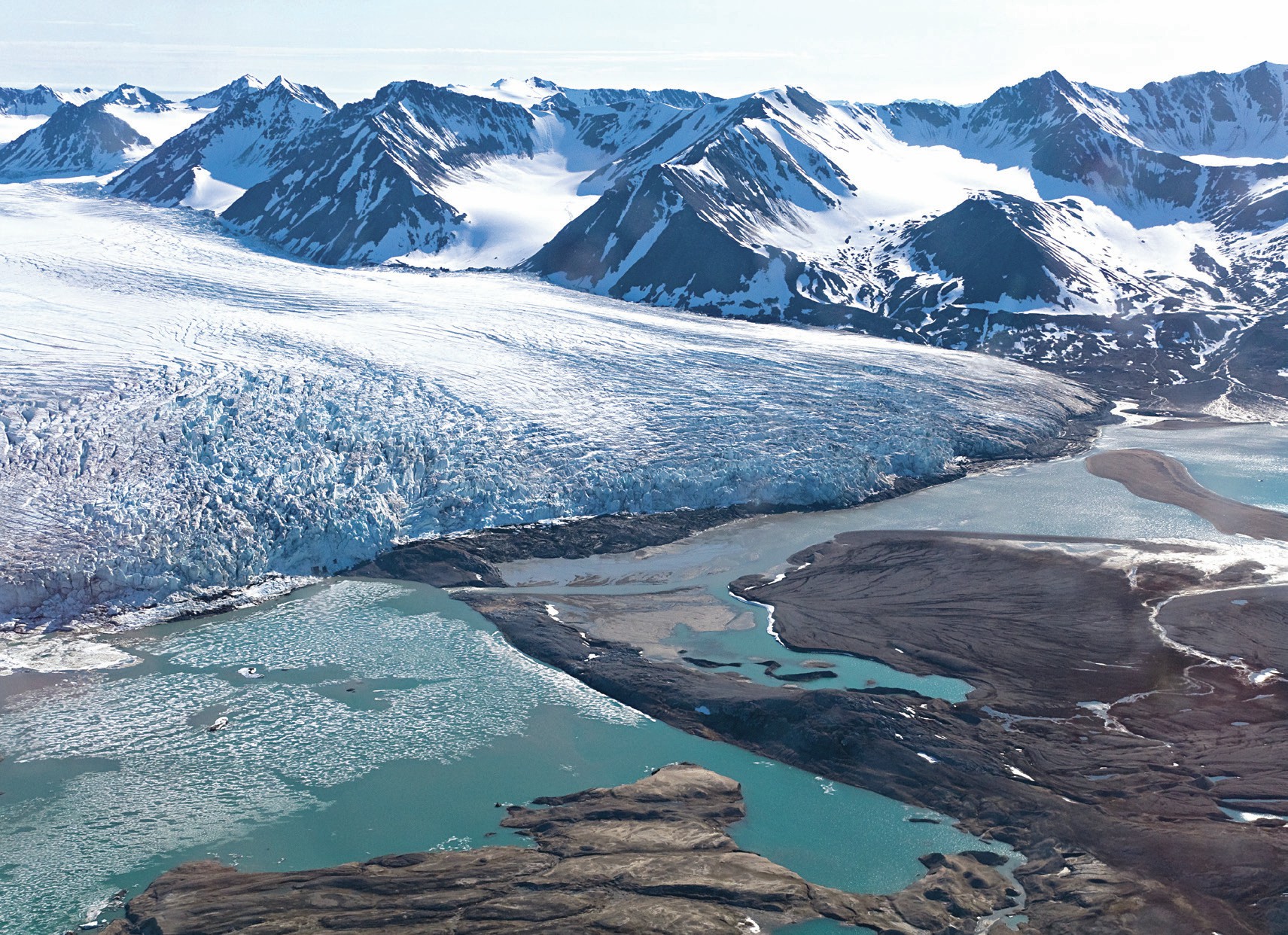
The High Arctic is a region that is imagined, rather than being strictly defined. Glaciologists tend to think of the region as made up of the numerous islands far north of the Arctic Circle, but Greenland is also included, even though its southern limits are at the latitude of the Shetland Isles.
The High Arctic has glaciers of all types, including the huge Greenland ice sheet, as well as ice caps and highland icefields (where mountains project through the ice). Many of these glaciers are stunningly beautiful, possessing a special character that is quite different from that in the Alps, for example. Yet these glaciers are under threat from the warming climate, and many are no longer being sustained. It could be said they are on borrowed time.
Your organisation does not have access to this article.
Sign up today to give your students the edge they need to achieve their best grades with subject expertise
Subscribe




